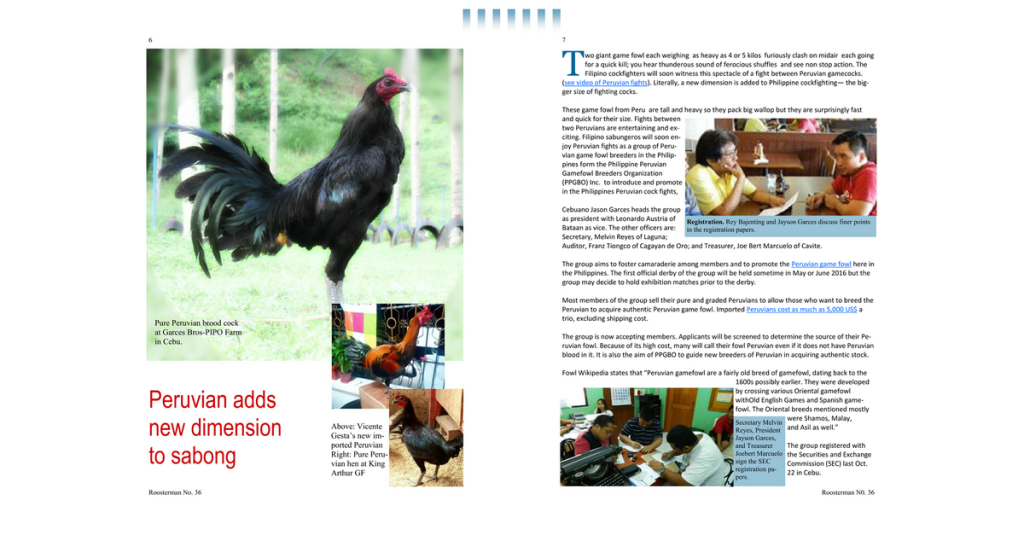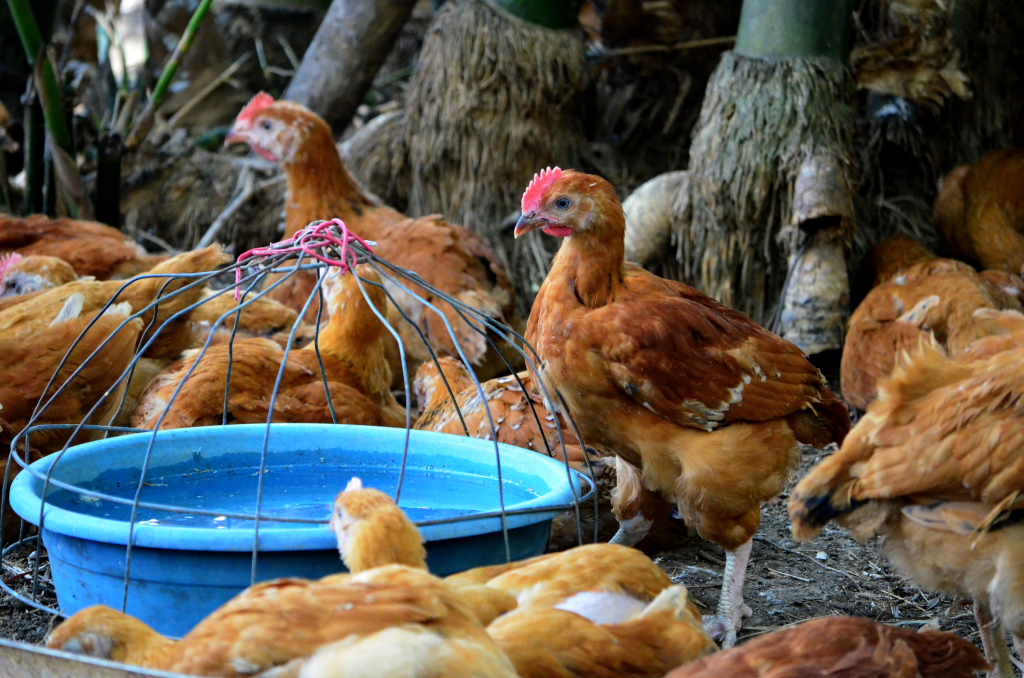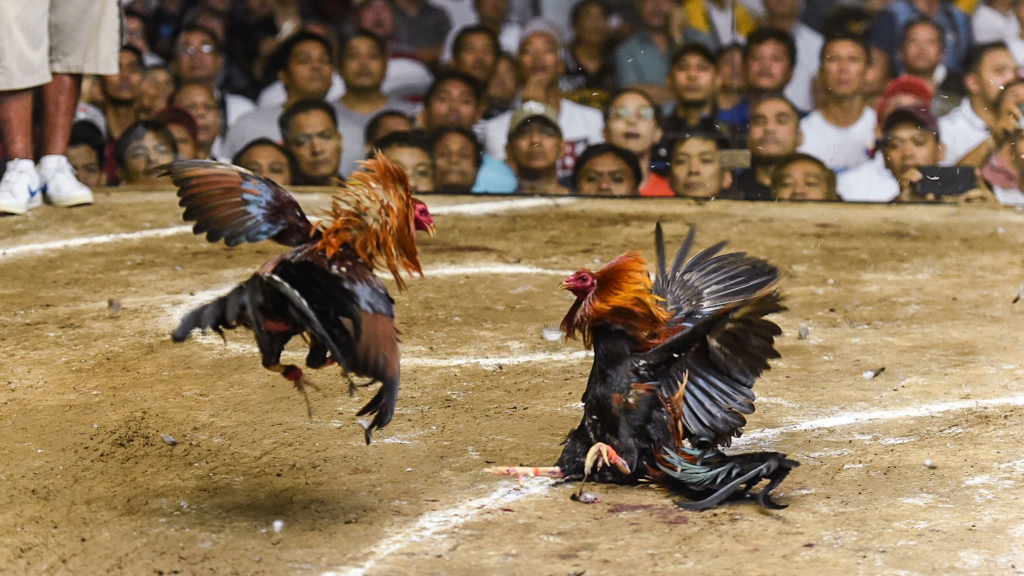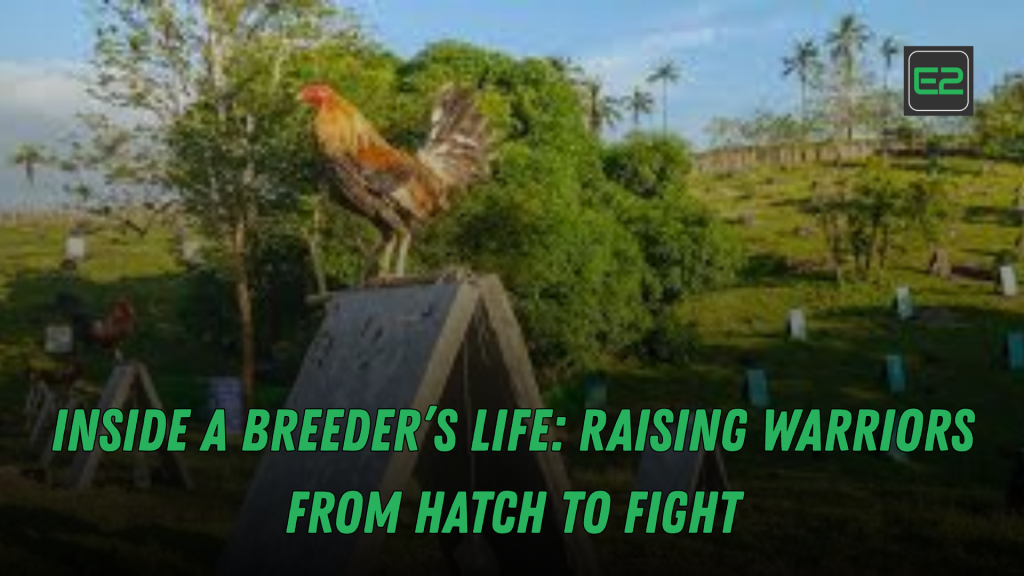Table of Contents
More Than Just Roosters
In the world of breeder, cockfighting and gamefowl culture, few understand the intense discipline, science, and dedication required to raise a true gamecock champion. Behind every warrior in the pit is a breeder who has devoted months—often years—of meticulous work, from hatch to fight night.
This exclusive article takes you deep inside a breeder’s world: the routines, strategies, and secrets of raising gamefowl gladiators from eggshell to arena.
From Bloodline to Battle: Breeding with Purpose
Great fighters start with elite genetics. A top breeder’s first mission isn’t feeding—it’s selecting the right broodstock.
The Importance of Bloodline:
- Each bloodline carries traits: power, speed, cutting ability, or intelligence.
- Popular strains include Sweater, Hatch, Kelso, and Roundhead—each with a fighting style suited for specific strategies.
Selection Process:
- Brood cocks and hens are chosen based on performance history, physical symmetry, and gameness.
- Many breeders track bloodline pedigrees using software or handwritten journals.
“The right match of bloodlines can produce warriors that dominate not just one fight, but generations of competition.” – Tito Jomar, breeder from Batangas

Hatchling Phase: Raising with Precision
The journey begins in controlled incubation rooms, where temperature and humidity are carefully monitored.
First 4 Weeks: Vital Development
- Chicks are housed in brooder boxes with 24/7 heating.
- Early nutrition is key: high-protein crumble, vitamins, and electrolytes.
- Observation is constant—weak chicks are separated early to ensure strong survivors thrive.
Disease Prevention:
- Vaccinations (ND, fowl pox) and biosecurity measures (foot baths, clean feeding trays) are standard.
- Even in backyard farms, breeders use modern poultry techniques to minimize losses.

Free Range & Forming Character
At 6-10 weeks, young stags are moved to open runs, pens, or free-range areas, where they learn to:
- Build muscle tone naturally
- Engage in social pecking orders
- Develop territorial instincts crucial for future fights
Breeders often use leg bands and tagging systems to monitor age, growth rate, and behavior patterns.
“You can’t force a rooster to fight well—it has to be bred and raised into him.” – Mang Rodel, breeder from Mindoro
Cording Stage: Discipline & Isolation
At 6–9 months, stags begin to display aggression. They are transferred to individual cord setups—long leashes tied to cement blocks or bamboo stakes.
Purpose of Cording:
- Prevents early injury from uncontrolled fighting
- Allows roosters to develop territorial behavior in isolation
- Helps breeders observe individual habits, reactions, and temperament
Feeding & Care:
- Roosters are given balanced feeds (high protein, low fat)
- Supplements like calcium, multivitamins, and tonics are added
- Daily “scratch time” lets them move freely and stay mentally alert
Conditioning: The Science of Sabong
A gamecock’s conditioning cycle lasts 21–28 days before a scheduled fight. This is the most intensive stage of preparation.
The Components of Conditioning:
- Road Work: Early morning walks to build endurance
- Flying Exercises: Toss-ups and jump drills for wing power
- Wrist Rotation & Flexing: To loosen joints and increase strike speed
- Live Sparring (Heeling): Controlled sparring matches to sharpen instinct
Rest & Recovery:
- Roosters are given Epson salt baths, massage therapy, and even natural sunlight sessions for vitamin D synthesis.
Nutrition: Fueling a Fighter
Just like a professional boxer, a gamecock needs a diet tailored to performance, recovery, and energy.
Pre-Fight Diet (Last 7 Days):
- Feed is reduced and adjusted to carbohydrate-rich grains
- Morning: cracked corn, boiled eggs, and green leaves (malunggay, kangkong)
- Evening: light feed, often soaked in molasses or glucose water
- Supplements: amino acids, B-complex, and sometimes natural stimulants like ginseng
“An overfed cock is a slow cock. Timing meals is crucial.” – Coach Boyet, sabong handler
The Fight: Everything on the Line
The culmination of months of preparation leads to the pit, where roosters enter a high-stakes arena cheered by passionate sabungeros.
On Fight Day:
- Roosters are transported in quiet, dark boxes to reduce stress
- Handlers perform pre-fight rituals: last-minute massage, beak cleaning, and equipment checks
- Gamefowl are evaluated for alertness, balance, and aggression before being matched
Win or Learn:
- A win boosts the breeder’s reputation, often raising demand (and price) for future chicks
- A loss is reviewed analytically: Was it a style mismatch? Poor conditioning? Equipment failure?
Aftermath: Breeding the Next Generation
Post-fight, breeders return to their journals, reflect, and update their breeding plans:
- Winning roosters may be retired early for stud use
- Performance is analyzed based on fight duration, injury resistance, and technique
This constant loop of refinement and discipline is what separates legendary breeders from hobbyists.

More Than a Farm—It’s a Legacy
Raising a gamecock from hatch to fight is a journey that blends tradition, science, instinct, and relentless hard work. For dedicated breeders, it’s not just about glory in the pit—it’s about upholding bloodlines, honoring mentors, and evolving the craft.
In every crow, every flap of a wing, and every victory yell from the crowd, is the silent but powerful echo of a breeder’s unseen effort.
Step into the World of Breeders
Are you interested in gamefowl breeding techniques?
Want more insights from champion breeders?
Follow our weekly breeder spotlight series or subscribe for exclusive training content.
Drop your questions or breeding stories in the comments!
Because every warrior starts with a whisper in the hatchery.
